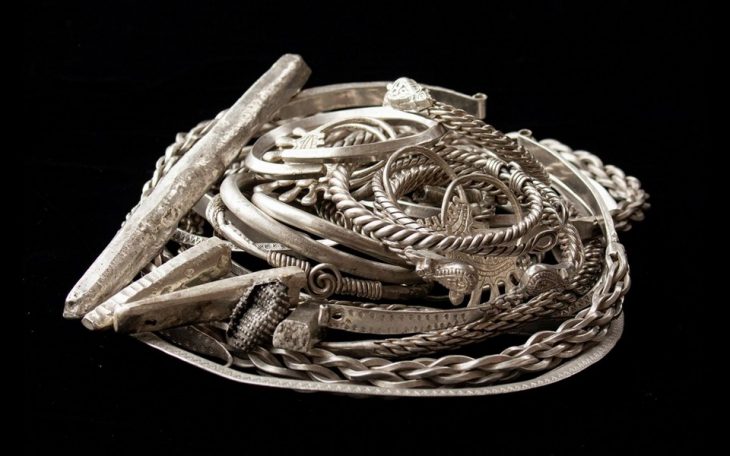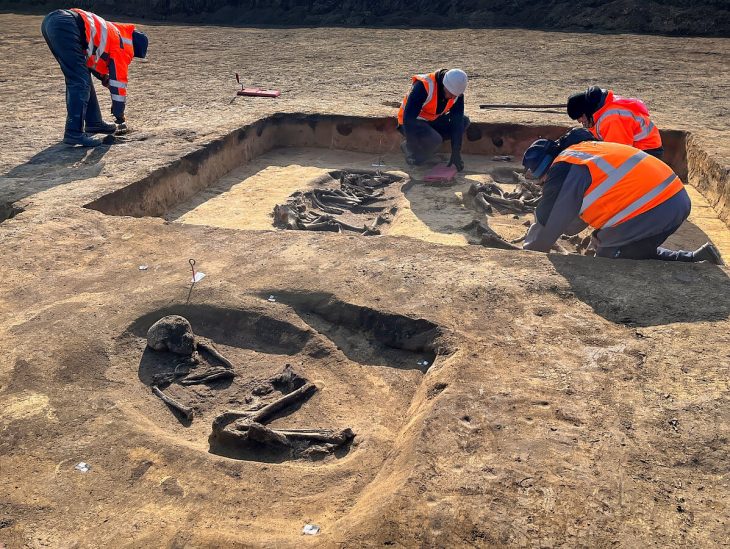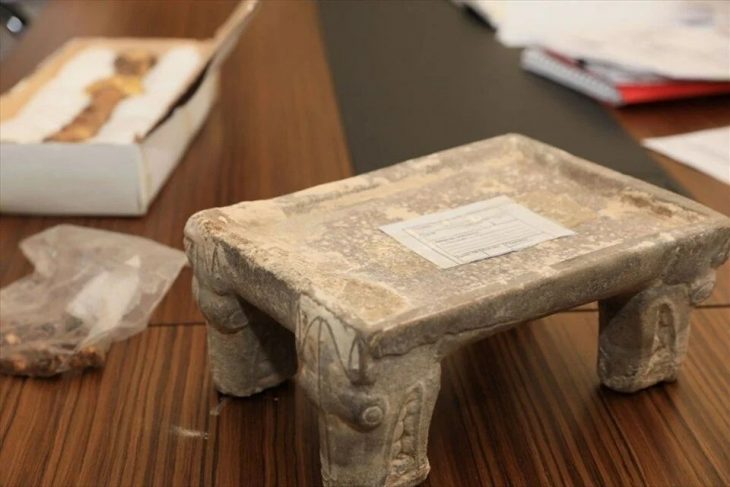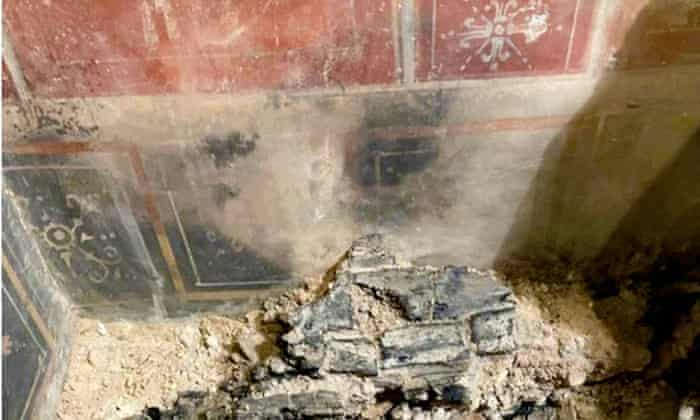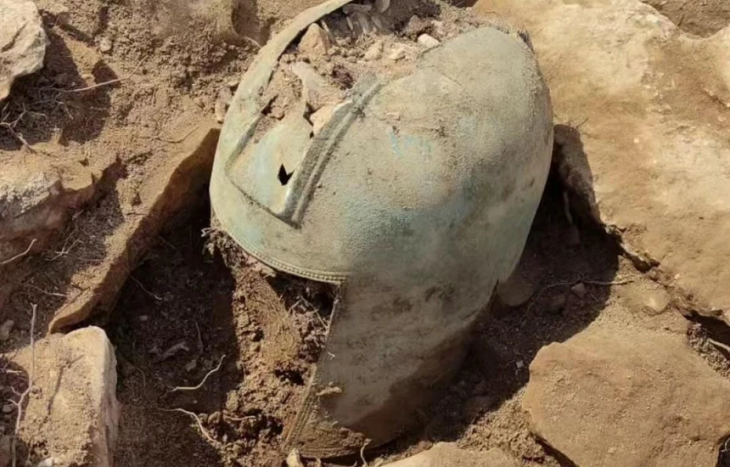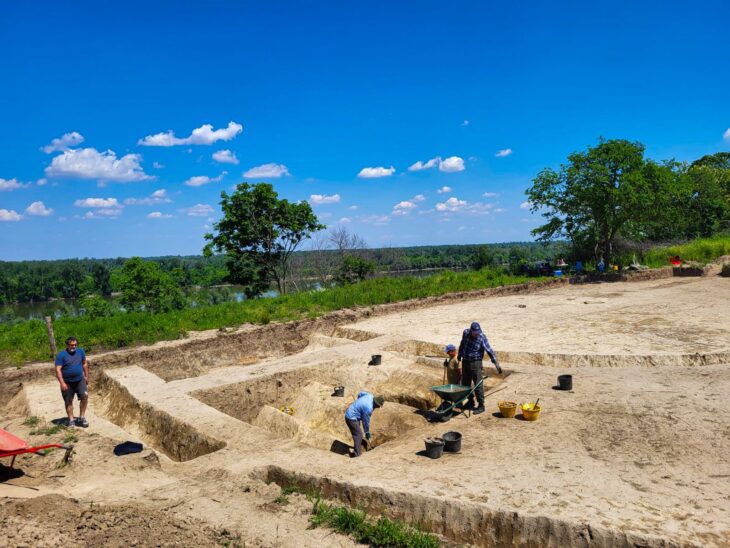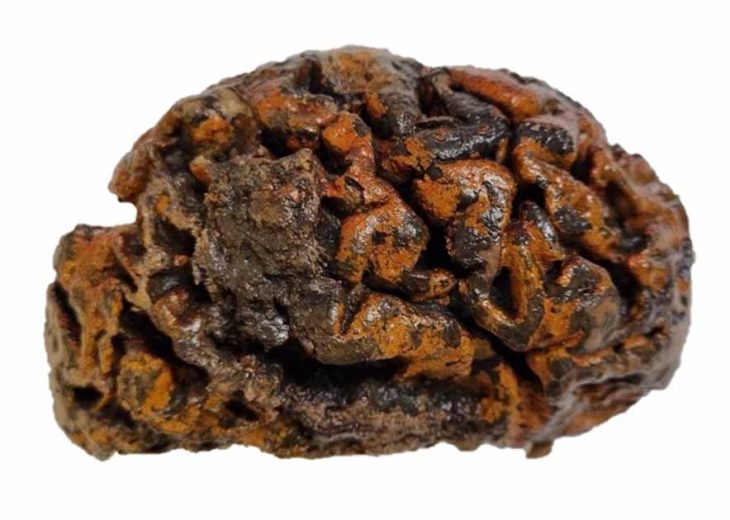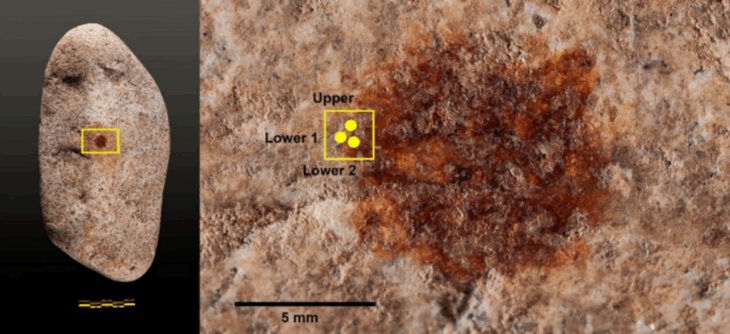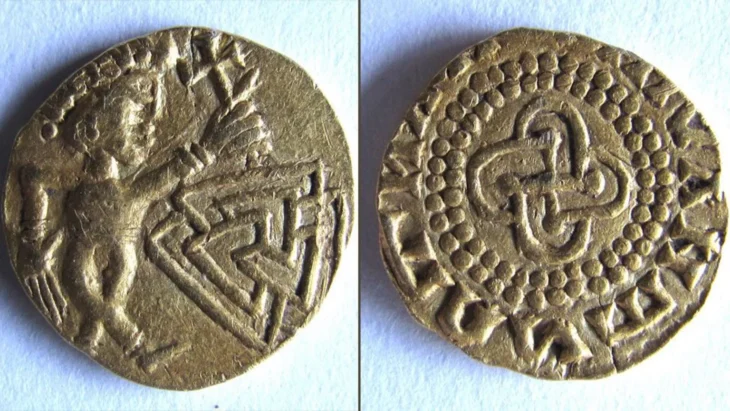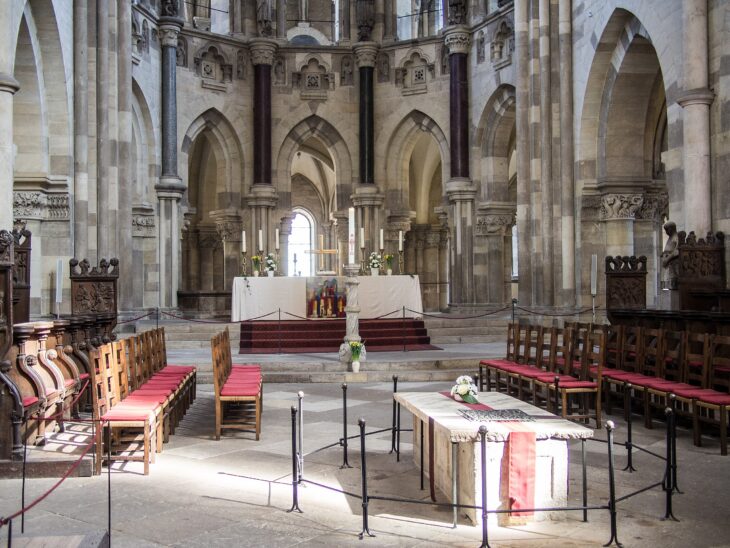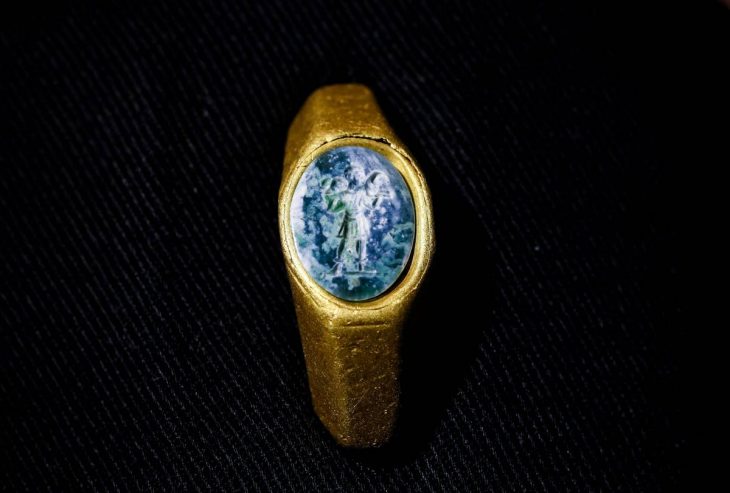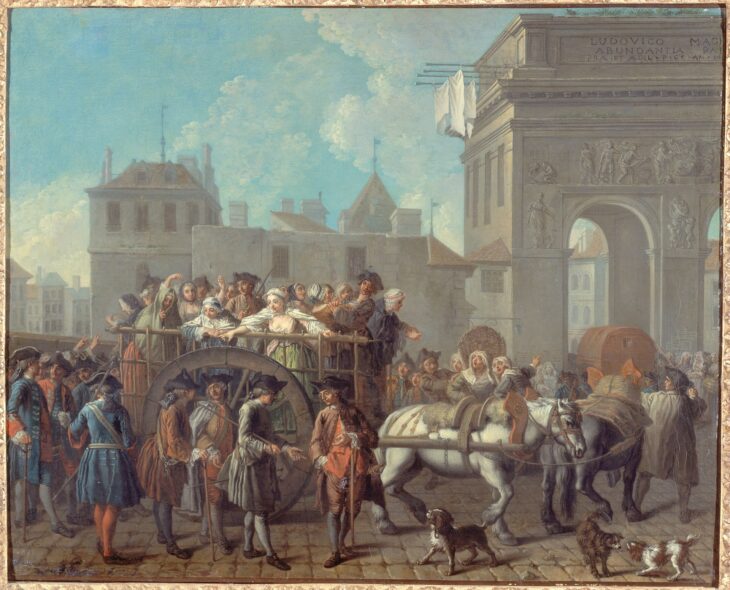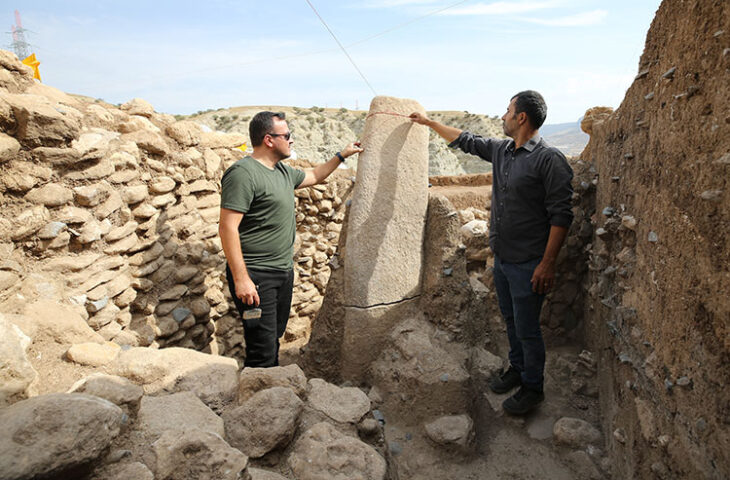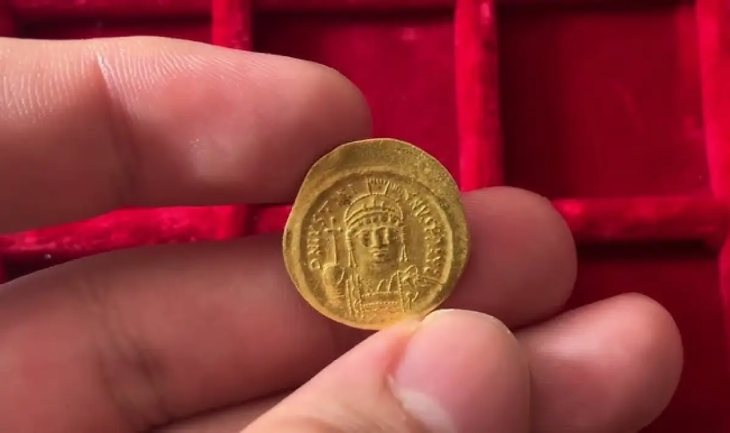Researchers discovered a stone boat made by Vikings and surprising gifts inside a cave in Iceland.
Aside from the cave, researchers discovered rare Middle Eastern artifacts, as well as orpiment, remains from Turkey, according to the archaeologists.
In Surtshellir Cave in Iceland, the researchers found a boat made of stone, which they said may have been used by the Vikings to prevent Ragnarök, the end of the world in Norse mythology.
The cave is near a volcano that erupted nearly 1,100 years ago, according to the results of the research, which were recently published in the Journal of Archaeological Science.
“The impacts of this eruption must have been unsettling, posing existential challenges for Iceland’s newly arrived settlers”, reads the study.
📣 Our WhatsApp channel is now LIVE! Stay up-to-date with the latest news and updates, just click here to follow us on WhatsApp and never miss a thing!!
Archaeological research indicates that after the lava cooled, the Vikings entered the cave and built a boat-shaped structure out of rocks. As a sacrifice, the Vikings would have burned animal bones, such as those of sheep, goats, cattle, horses, and pigs, at high temperatures within this structure. It’s possible that this was done to avoid Ragnarok.
“The world would end when Surtr, an elemental being present at the world’s creation, would kill the last of the gods in the battle of Ragnarök and then engulf the world in flames”, the researchers wrote.
The archaeologists are baffled as to why such valuable items from as far away as the Middle East were left in the cave. The Vikings traveled as far as the Middle East, and These goods may have made their way to Iceland via trade routes after.
Another theory for why Vikings performed sacrifices and placed artifacts inside the boat is that they were attempting to strengthen Freyr, the god of peace and fertility who was fighting Surtr.
Icelanders converted to Christianity around 1,000 years ago, and they soon stopped depositing objects in the cave. The final items placed in the boat-shaped stone structure included a “set of scale weights with one in the shape of a Christian cross,” according to the team. Even after the Icelandic people converted to Christianity, they continued to associate the cave with the end of the world. According to the team, one Icelandic tradition considers the cave to be “the place where Satan would emerge on Judgment Day,”


